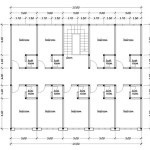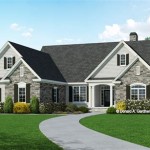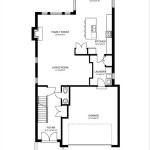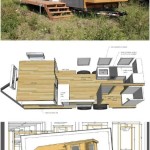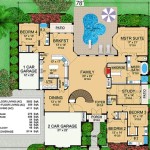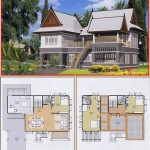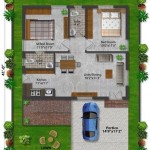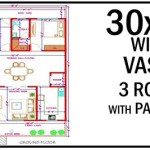Essential Aspects of Green Living House Plans: Designing for a Sustainable Future
In an era where environmental consciousness is paramount, green living has emerged as a guiding principle for homeowners seeking sustainable and healthier living spaces. Green living house plans offer a comprehensive approach to designing homes that minimize ecological impact, promote energy efficiency, and create a healthier environment for occupants.
Energy Efficiency and Renewable Energy
Green living house plans prioritize energy efficiency by incorporating passive design strategies, such as proper orientation for passive solar heating and natural ventilation. Advanced insulation, high-performance windows, and energy-efficient appliances further reduce energy consumption. Additionally, plans often include provisions for integrating renewable energy sources, such as solar panels, geothermal heating, and wind turbines.
Sustainable Building Materials
Choosing sustainable building materials is crucial for green living houses. These materials should have a low environmental impact, such as recycled or reclaimed materials, bamboo, or low-VOC (volatile organic compound) paints. Natural and renewable materials, like wood and stone, are also preferred for their durability and reduced carbon footprint.
Water Conservation and Management
Green living house plans emphasize water conservation measures. Low-flow appliances, efficient irrigation systems, and rainwater harvesting techniques help reduce water usage. Permeable paving, bioswales, and native landscaping contribute to stormwater management, reducing runoff and improving water quality.
Indoor Air Quality
Ensuring optimal indoor air quality is a key aspect of green living houses. Proper ventilation, use of non-toxic building materials, and air filtration systems minimize harmful pollutants. Energy-efficient appliances and efficient heating and cooling systems also contribute to improved indoor air quality.
Smart Home Technology
Smart home technology plays a vital role in enhancing green living. Energy management systems, smart thermostats, and automated lighting optimize energy consumption based on occupancy and usage patterns. Water monitoring systems detect leaks and promote efficient water usage. By leveraging technology, homeowners can further reduce their ecological footprint.
Landscape Design
Landscape design in green living house plans is not just about aesthetics but also about sustainability. Native plants require less water and chemicals, supporting biodiversity and reducing environmental impact. Edible gardens provide fresh produce and reduce food miles. Drought-tolerant landscaping and rainwater harvesting systems promote water conservation.
Third-Party Certifications
To ensure the credibility and quality of green living house plans, it is essential to consider third-party certifications. LEED (Leadership in Energy and Environmental Design) and WELL Building Standard are widely recognized programs that certify homes based on environmental performance, energy efficiency, and occupant well-being. These certifications provide assurance that homes meet rigorous sustainability standards.

Eco Friendly Home Plans House Design

Sustainable Living House Plan 33035zrx Architectural Designs Plans

30 Green Home Floor Plans Ideas House Modern Style Design

Eco Friendly Single Floor Kerala Villa House Plans Courtyard Design

Meet Our Green Living Plans Houseplans Blog Com
Green Home Plans Eco Friendly

10 Eco Friendly Green House Plans Ideas Design

Eco Friendly House Plans Green Energy Star Rated The Designers

25 Small Sustainable House Plans Cutaway Drawings Natural Building Blog Home

Energy Efficient House Plans Developed By The Architects

